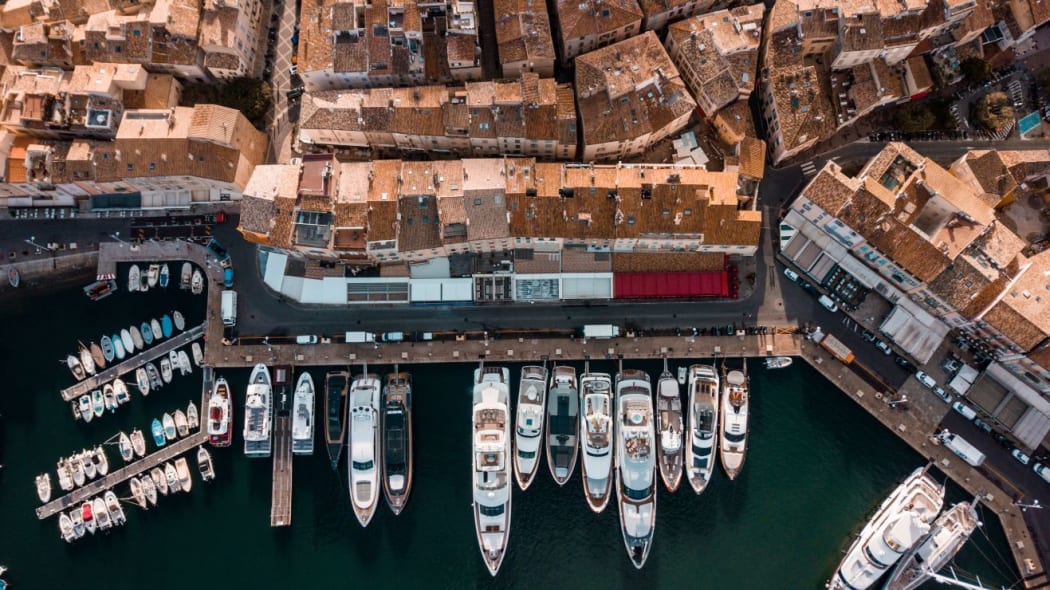
- Research who the gallery is
It's beneficial to learn about the local art scene and any particular gallery you have/will visit. Look up famous artists, popular art styles, and renowned galleries. Check out travel blogs, forums, and social media channels to get a sense of what’s available, and to avoid missing out on a hidden gem.
-
Understand Your Taste
Buying art is a deeply personal decision. Think about what styles, periods, and mediums you are drawn to. Are you into contemporary abstract paintings or traditional landscapes? Do you prefer sculptures or photographs? Identifying your taste will streamline your art hunt and make it a more enjoyable experience.
-
Visit Local Galleries and Art Markets
Art is often a reflection of the culture and history of a place. Visiting local galleries (which can also be a satellite gallery of an established gallery based elsewhere in the world) and art markets gives you a chance to see a wide array of pieces and to understand the context in which they were created. Take the time to engage with local artists or gallery owners. They can provide invaluable insights into the work, the artist, and the scene.
-
Be Aware of Fakes
Unfortunately, the art world is not immune to counterfeit pieces, especially in tourist hotspots. While fakes can be hard to spot, buying from reputable sources and being cautious of deals that seem too good to be true can safeguard your investment. We have seen too many collectors sweet-talked into believing that an artwork is real or the right market value, only to come back home and regret their decision.
-
Negotiate
Art pricing is often flexible. While this might be uncomfortable for some, negotiating is a common practice in the art world. Do not be afraid to ask for a better price but remember to remain respectful. Artists invest time, materials, and their creative intellect into each piece.
-
Understand the Legalities
Different countries have different laws regarding the export of art. Certain pieces might be considered national treasures and forbidden to leave the country. Others may require specific paperwork or additional fees. It's important to check these rules before buying, to avoid legal issues or unexpected costs.
-
Plan for Transportation
Once you've made your purchase, getting your artwork home safely is the next challenge. Smaller pieces can often be carried in hand luggage (if permitted by local Customs and not liable to export or import levies). For larger items, consider shipping services. Many galleries offer this service or can recommend reliable companies. If you are shipping the art, make sure to get insurance to cover any potential damage.
-
Seek Professional Advice
If you're considering investing a significant sum in art by a museum-grade artist, do contact Andipa for professional art advice. We can guide you on the value, authenticity questions, and logistics. Contact Andipa Art Advisory to assist.
AND PLEASE DON'T FORGET . . .
Art is much more than just a piece of decoration or investment. It holds stories, encapsulates cultures, and ignites emotions. Buying art while on holiday can be a thrilling and enriching experience if approached with a mix of passion, prudence, and patience. Whether it's a small print from a street artist or a significant piece from a local gallery, the art you bring home will serve as a lasting reminder of your journey and a unique piece of the world you've explored.
We are here to help, please contact Andipa on +44 (0)20 7581 1244 or sales@andipa.com